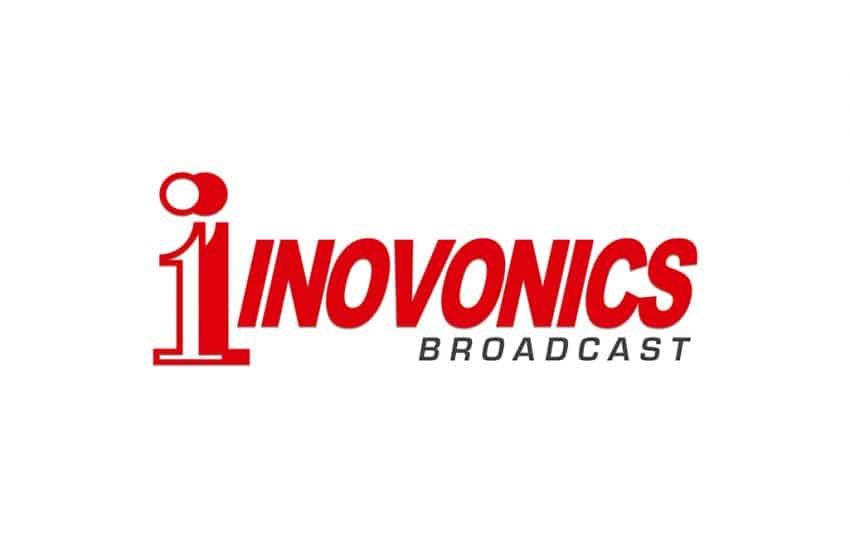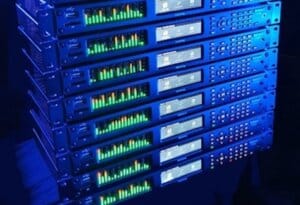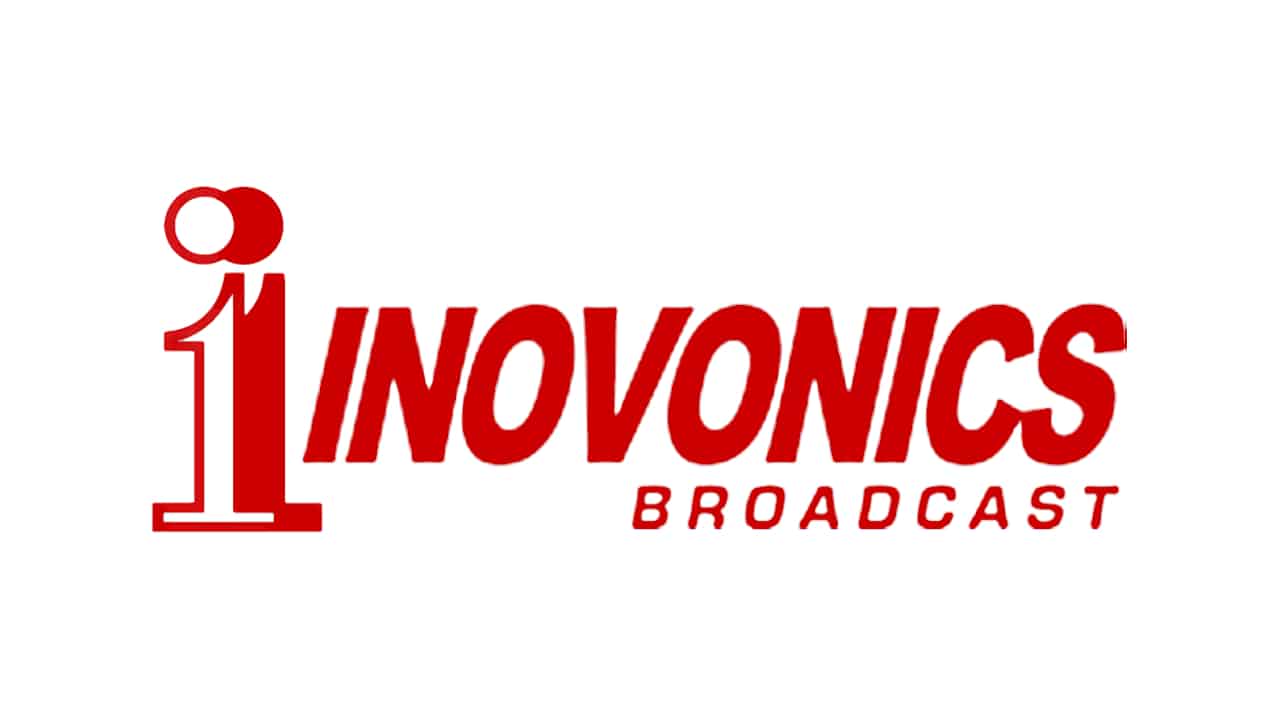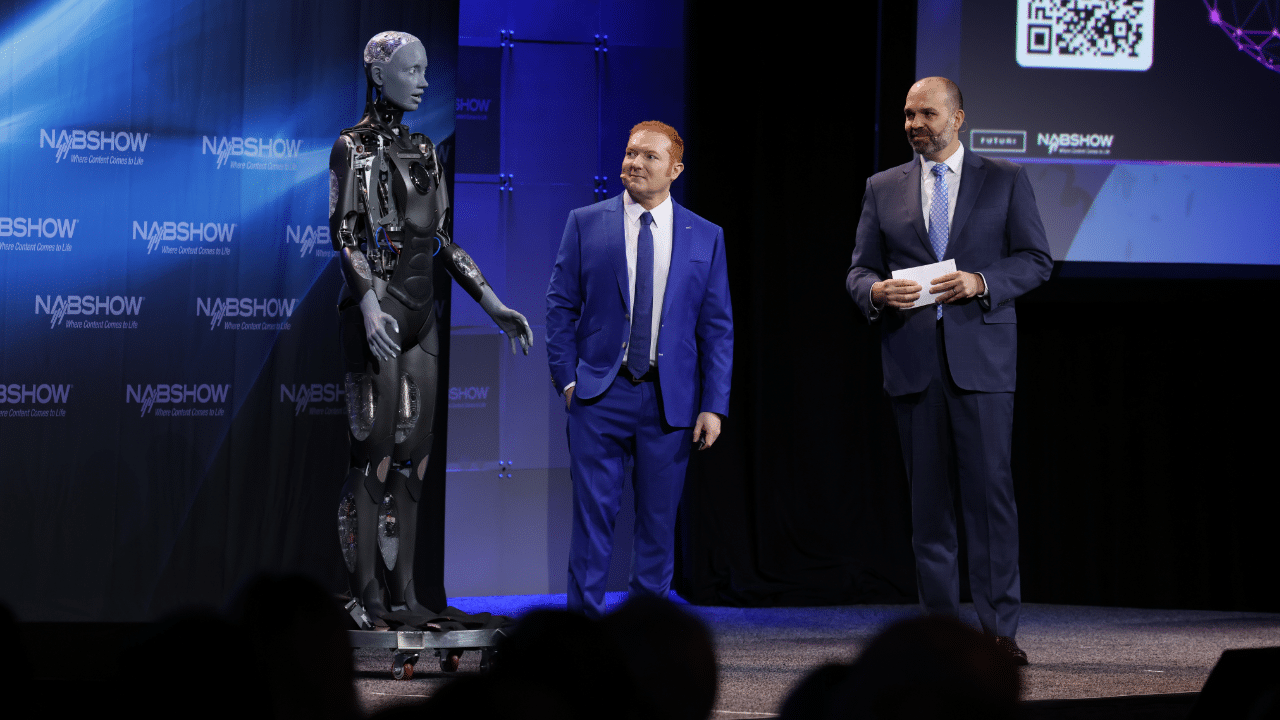
Inovonics has been an important player in the audio electronics field since 1972, when Jim Wood launched the California-based company with his business partner. Back then, the company offered reel-to-reel solid-state tape recorder solutions.
Fifty years later, Inovonics continues to innovate, and today manufactures RDS encoders/decoders, audio processors and RF monitoring gear. We spoke to president and CEO Ben Barber, who joined Inovonics in 1988, about important issues that radio broadcasters should consider when planning their RF monitoring strategy.
RedTech: Why is RF monitoring not a single-solution offering?

Ben Barber: While many manufacturers offer full remote control and monitoring systems for sites, we have found that not every site needs that much granularity or expense at remote locations.
This was brought to our attention a few years back when a local engineer was responsible for a rebroadcast site that was more than 64 kilometers away. It was a low-power site and broadcast down into a valley. He had absolutely no way of knowing if the rebroadcast site was on or off the air unless a listener called into the station and let them know. Designing and building a small box that would monitor the signal — both for audio and RF loss — and then alert him was our design goal.
Now, with our new SiteStreamers, an engineer can get emails, text messages and daily, weekly, monthly logs of any signal parameters that have gone out of range.
An engineer can also log into the remote site through any web-enabled device and check signal parameters in real time, even listening to the audio from the site.
This ability is significant, especially when the site is remote or an engineer is responsible for many remote sites. Many networks — government and private — use these boxes so they know the “health” of their networks.
RedTech: What is critical for radio broadcasters in getting monitoring right?
Barber: It’s critical to know whether you need a full-blown remote monitoring and control system or something smaller. A full-featured system can do many things that may be important to know. For example, it can tell you the temperature of your transmitter site, if the fans and air conditioning are working, voltages and current measurements of your TX or even the state of your backup power system. These are incredibly important things to know. But you might be reluctant to purchase a system like this for a smaller remote site. If your priority is knowing what is happening at the remote site, but you don’t want to invest a lot of money, you may want to consider a compact option.
It’s critical to know whether you need a full-blown remote monitoring and control system or something smaller.
RedTech: What compact monitoring options does Inovonics offer?
Barber: We offer several compact solutions for medium wave, FM, HD Radio and DAB+. SiteStreamers are compact, inexpensive and deployable wherever you need to know what is happening with your signal in real time.
For instance, an INOmini 662 can monitor an entire DAB+ ensemble and alert the engineering staff if audio drops from a particular service or if the ensemble goes off the air.
This type of instant feedback of your network is critical for knowing immediately if there is an issue with your site. Other parameters like audio bit/sample rate, number of services, the CPU load on the ensemble and dynamic labeling are also displayed.
RedTech: Are there certain regions in the world that present more challenges?
Barber: There are many places in the world where the radio market is mature and an increasing amount of content is consumed via streaming.
It’s important to have a mechanism in place so your remote sites can contact you in case something at those sites goes wrong.
The downside to that is that you need cell sites or Wi-Fi within range. Traditional terrestrial radio broadcasts are still free and can travel a very long way. That is why it’s important to have a mechanism in place so your remote sites can contact you in case something at those sites goes wrong.
The bottom line is that if a remote transmitter site is important to your network, then it’s important to know if that site is broadcasting. It is irresponsible to own and operate transmission sites that you cannot monitor.
RedTech: What are customers asking for? Is there a trend?
Barber: Well, we originally introduced SiteStreamers for FM but quickly realized via customer feedback that they wanted to monitor all types of radio broadcasts, including medium wave, FM, HD Radio and DAB+. As trends in broadcasting have changed, we have innovated accordingly.





















